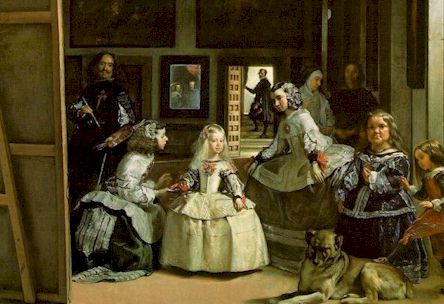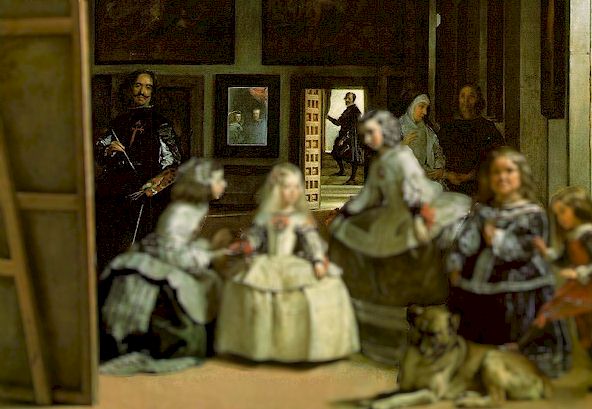|
Ahh... you say - and why not! But don't you find the blurring unsettling? The artist would have.
This particular painting is huge and designed as a feast or as a complete visual experience. I am merely toying with the work and I hereby apologise to the master for doing so. Today we may find no magic in multi-focused paintings but the lessons in design and emphasis are worth considering. The example in the abstract lesson is essentially a similar manipulation. Note: the artist painted so well that the dwarfed figure in the foreground has recently been diagnosed as a victim of congenital syphilis.
STUDENT ACTIVITY:
There is a painting to be made by focusing on the girl directly behind the dog as her head and body in this composition is located on a diagonal and in a premier design position. Find a copy of this painting and try it (see lesson on design and proportion for hints).
|






